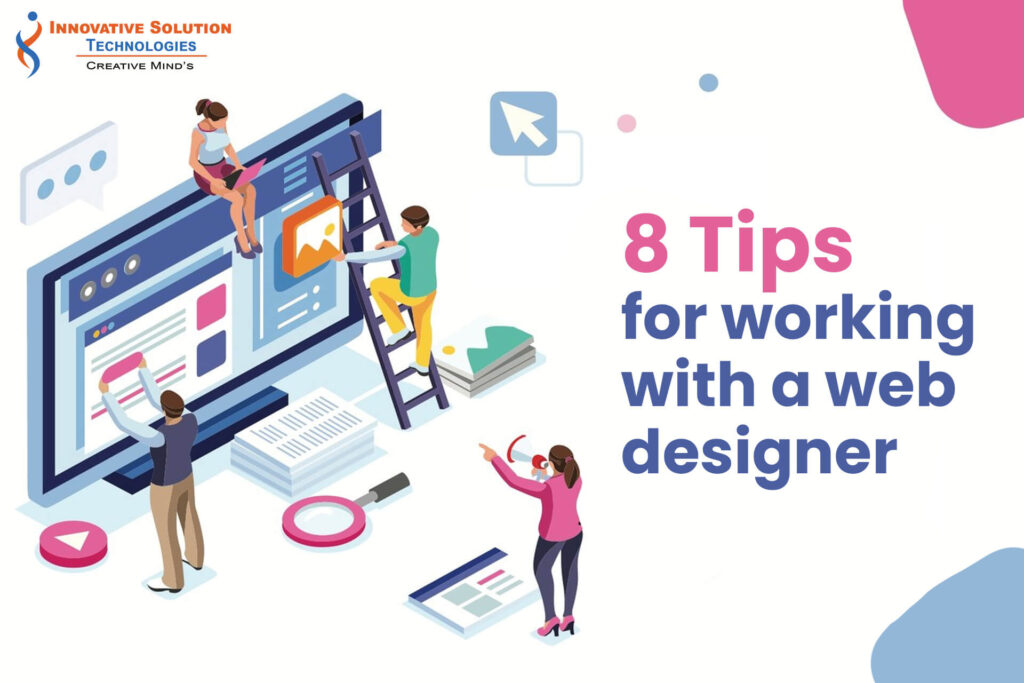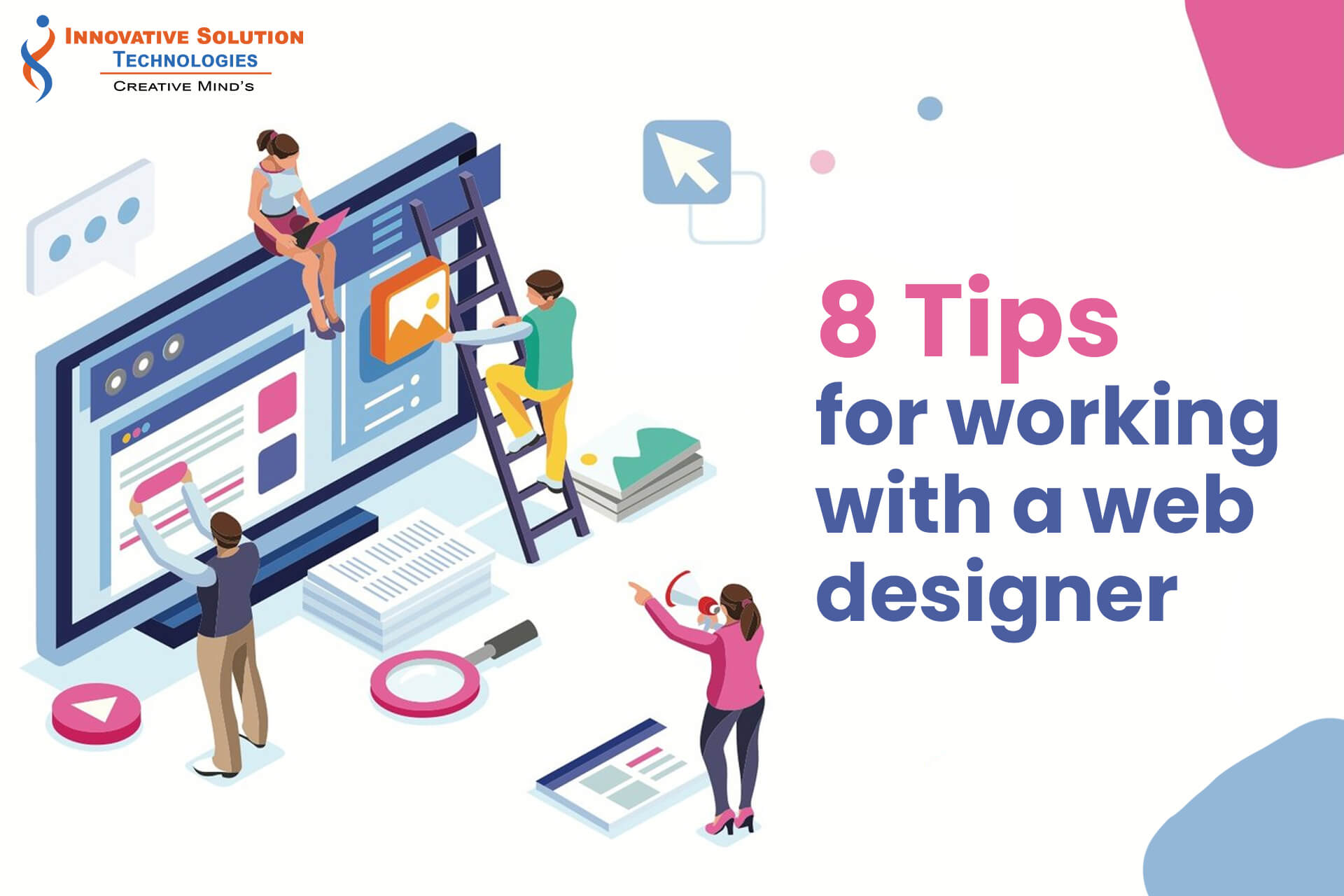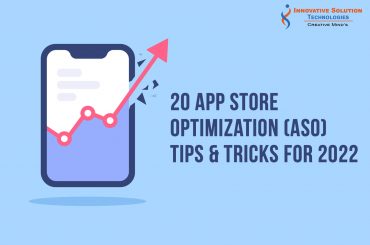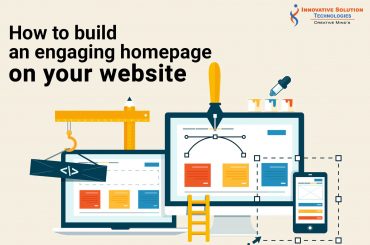
Creating websites necessitates a variety of abilities. The majority of these abilities may be learned in a classroom environment or through self-study via online learning. A web designer ought to be able to create a site that meets the user’s requirements. In this post, we’ll go over some of the major topics and technologies that web designers need to master in order to grow in their professions.
In order to create aesthetically pleasing websites, web designers must possess a broad set of basic abilities. Web designers must build user profiles, layout tabs, and contents using a site map, and determine how people navigate your site via client workflows. There are a lot of talented web designers out there these days, so if you’re a business owner searching for a great web designer for your company, here are some things to consider before working or hiring one.
1. Have a clear idea about designs:
Websites, especially for businesses, are not made in a day. It requires patience to establish a decent website or an original design. Your website is a representation of your company, which in turn is a representation of you. Make time to collaborate with your designer to design a website you can be satisfied with. It is preferable to postpone the project’s fulfillment by a few days or weeks rather than starting fresh because you are dissatisfied with the outcomes. Remember to evaluate and verify your website prior to launching it. Many problems may be readily detected and corrected with the help of beta testers or internet testing tools.
2. Know about their style:
There must be a blend between choosing a designer within your budget and selecting someone that matches your own style. Whether you have a strategic goal for your website, communicate it with them to determine if they have the necessary abilities. You may even provide them a test homepage to build in exchange for a little fee in order to better grasp their aesthetic and comprehension skills.
3. Provide your objectives properly:
Make sure you fully comprehended the briefing and the needs. If you have any queries or believe something is lacking, please clarify. Unless there is no briefing, help your customer with questions to create one. Examine it with them if you believe the briefing is contrary to the overall message or if you dispute with the standards for any justification. And, in order for our design to be effective, it must convey the proper message to the public. As a result, please ensure that perhaps you and your client are aware of this and that you will be on the same scale in terms of presentation and needs.
4. Talk about budget beforehand:
Everything should be covered in detail and straight early. Given that you are most likely on a restricted budget, it is preferable to have all prices outlined to you. You should not additionally request a detailed analysis of the project’s particular expenses.
5. Keep an eye on the development:
Responsive web design is a time-consuming procedure. Choose a firm that provides outstanding customer service and conducts itself professionally. They must also find a method to connect with the rest of your team since they are critical to the success of your website. Their social skills must also be flawless and dependable. It’s because you require regular updates on the progress of the project. Stop giving lots of messages with every minor modification you think of since this will take significantly more room for your designer and may result in items being overlooked or forgotten entirely. Instead, compile the input into a list and pay special attention to top management at your company so you can be confident they’ll approve the finished product.
6. Provide adequate time:
This is a significant aspect. A company’s internet presence must be established as soon as feasible in order to take advantage of the enormous internet market. As a result, having a rough estimate of when the job will be completed is critical. Additionally, if the web developer understands when they are expected to deliver the job, they are less likely to place it on the waiting list. It may take much longer if you keep bugging your site designer for updates. Trust them to stick to their deadlines, and return the favor by sticking to your own deadlines for paying invoices or signing off on designs.
7. Talk about future site maintenance:
Ask a web designer whether they are open to making changes before you hire them. If you find the right designer for your website, there are methods around this, however, they do not do revisions or updates. You may pay someone only to keep the webpage up to date. However, this will incur additional costs, so plan ahead and select the most cost-effective option.
8. Crosscheck and choose wisely:
To guarantee a successful outcome, you must maintain good and consistent contact with your customer. You may be the professional, but your client’s input and participation at every phase of the process is crucial. There’s no greater indicator of a designer’s ability than the projects they’ve created in the past. Most experts will have a portfolio website that displays some of their greatest work, but if it isn’t there, make sure to actually request prior samples and credentials.
Conclusion:
There are a plethora of builders and designers out there, so don’t get too caught up in the numbers. Begin by asking around for suggestions and searching for individuals in your area, then narrow down your options using the criteria listed above.
Ultimately, you’ll be collaborating with this individual on an important aspect of your internet marketing plan, so you’ll want to establish a strong personal connection with them. When choosing anybody, you must have the opportunity to meet with them in person or at least have a phone conversation with them to analyze and verify if the web designer is a good fit for your goals, and then gladly hire them.





